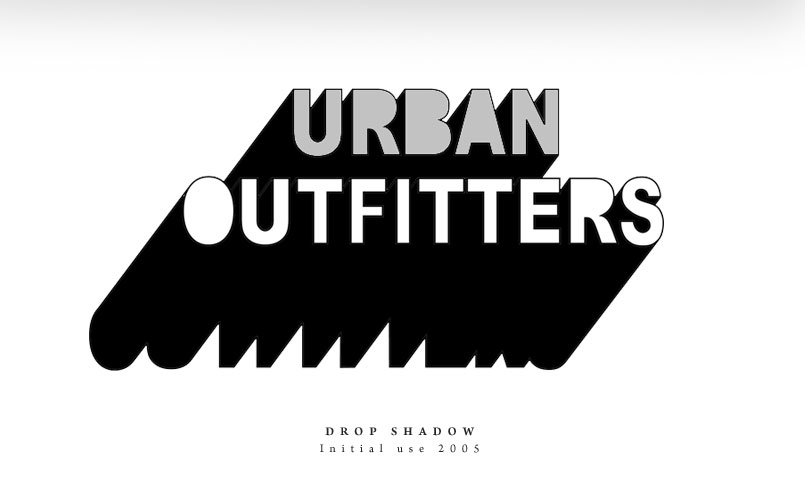This week’s lessons talked about Porter’s Five Forces. This is a simple analysis tool to help us analyse a business and find how much power it can potentially possess in a certain industry. It is very useful as it would help us to understand the market that business may wish to enter, and how competitive that industry may be. Once we understand the industry, we can device strategies to take advantage of the strengths, or find a way to improve on the weaknesses that it may face.
Looking at the fashion industry, and specifically at American Apparel, we can apply Porter's Five
Forces.
Intensity of Competitive Rivalry - HIGH
American Apparel is in direct competition with many different clothing brands, such as Urban Outfitters, American Eagle, Aeropostale, Gap, etc. There are many different clothing companies that compete directly with American Apparel. American Apparel and their competitors have to constantly be innovative and get new customers as well as retain their customer base. As fashion constantly changes, they have to be quick to catch onto these trends and determine new fashion trends to respond to consumer preferences.
Threat of New Entrants - RELATIVELY LOW
In the fashion industry, some of whom have been in business for almost 30-40 years, they have managed to establish some credibility in the business and there is some form of brand loyalty in the fashion industry. American Apparel has not been in the industry for that long, thus lacks the brand loyalty of some of its bigger competitors.
Bargaining Power of Customers - HIGH
American Apparel is relatively high-end clothing, although it is not luxury clothing. As it is generally not seen as an essential good, thus is relatively price elastic. Furthermore, there is not cost in switching companies as it is as simple as walking into another shop in a shopping mall. If one clothing brand increases it price, customers can easily find a more affordable option.
Bargaining Power of Suppliers - LOW
There are many suppliers of cotton and lycra and other raw materials in the clothing industry. If a supplier raises its costs, a company can easily switch supplies.
Threat of Potential Substitutes - LOW
In the clothing industry as a whole, threat of substitutes are non-existent as there are no substitutes for clothers, barring some technological breakthrough. However, within the clothing industry, customers can switch between high-end brands and lower-end brands.
It is also interesting to note that American Apparel is a vertically integrated business. American Apparel started as a wholesale brand that manufactures and sold t-shirts to screen printing companies. It has since started retailing clothing in stores, and not only manufacturing and selling t-shirts wholesale.




